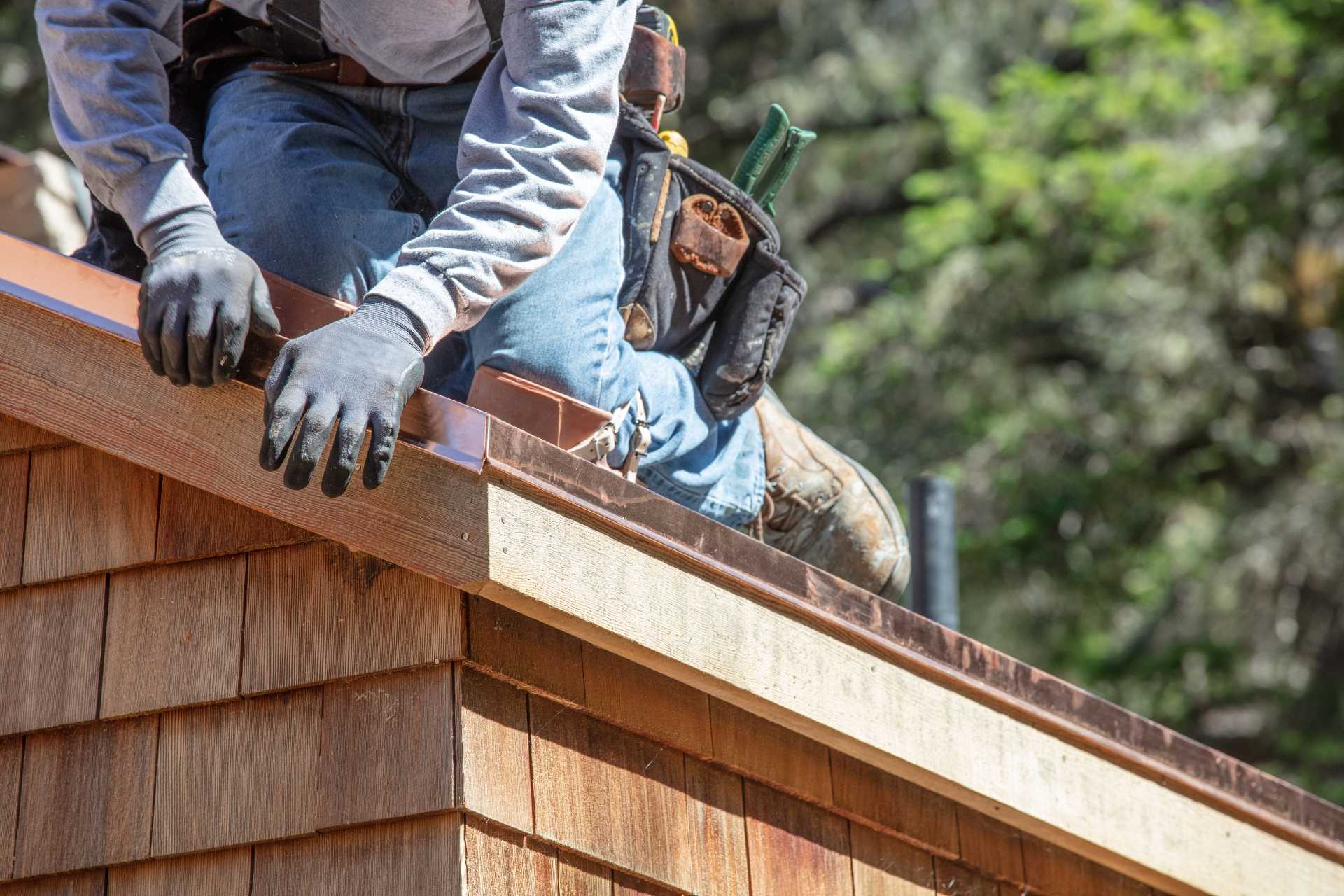
As temperatures cool and homeowners begin preparing for the seasonal shift, the focus must shift to exterior components that maintain structural integrity. While attention often goes to insulation or scheduling a window replacement, one element frequently overlooked is roof flashing. Roof flashing is the specialized metal waterproofing layer designed to seal vulnerable joints and prevent leaks. This component protects areas where primary roofing materials meet changes in plane, such as where shingles abut chimneys, vents, valleys, and walls. Even minor gaps or worn sealant in this vital layer can turn into major winter leaks once snow and ice settle in, highlighting the risk of neglecting regular roof maintenance.
The critical risk facing Canadian homes during the colder months stems from the combination of water intrusion and freezing temperatures. Because flashing protects the most complex junctions, any failure here guarantees a pathway for moisture directly to the wood deck and interior spaces. Fall provides the ideal window to inspect roof flashing because the mild weather exposes weak points. This timing allows homeowners to prevent costly, catastrophic winter damage before the first freeze arrives. A proactive inspection transforms a small, simple repair into a fortified barrier against winter’s worst assaults.
What Flashing Is and Why It Matters
Roof flashing constitutes a sheet metal material—typically aluminum, galvanized steel, or copper—installed to create a weather-tight seal where the roof plane changes direction or is penetrated by another structure. This material is intentionally layered and bent to divert water effectively. Flashing protects the most common roofing problem areas: where shingles meet chimneys, vents (plumbing or exhaust), valleys, skylights, and vertical walls (using step flashing). Flashing acts as the critical secondary defence system, ensuring that if water bypasses the primary shingle layer, the metal diverts it safely off the roof.
The fundamental purpose of roof flashing is to prevent water damage by controlling water migration. Flashing works strictly by directing water down and away from the joint, using gravity to channel it onto the next shingle layer below. This prevents water migration under the shingles and into the plywood deck or structural components. The consequence of compromised flashing remains severe. Failure allows water to pool or penetrate the structure, leading to immediate wood rot, saturated attic insulation (which loses its R-value instantly), and extensive ceiling damage inside the home. A sound flashing system ensures the roof functions as a complete, multi-layered waterproof system.
The Fall Advantage: Detecting and Preventing Winter Damage
The fall season provides a unique advantage for identifying and correcting damage caused by the previous summer. High heat causes metal roof flashing to expand significantly, cracking the surrounding sealant. Strong winds and heavy rain simultaneously lift and bend edge flashing. Fall offers the first calm opportunity to inspect this cumulative damage before deep snow cover makes access impossible. The inspection window is ideal because materials are pliable and contractors can work safely and efficiently, ensuring any repair is done under optimal conditions.
Timely repair in the fall directly prevents the destructive consequences of the freeze-thaw cycle. A minor crack sealed now prevents water from entering the joint entirely. If water enters the crack in winter, the destructive ice expansion widens the gap, turning a pinhole leak into a major breach overnight. Repairing in mild fall temperatures ensures sealants and roofing cement cure properly and bond permanently. This action guarantees a watertight seal for the severe winter months ahead. Delaying repair until spring ensures the building sustains damage throughout the entire winter season.
Key Areas to Inspect and What to Look For
Homeowners must pay specific attention to the chimney and wall intersections, which utilize step and counter flashing. Inspect for failed or cracked sealant where the metal meets the mortar or siding. Water penetration at these junctions is notoriously common. Check for step flashing that has pulled loose or exhibits signs of rust, which allows water to travel behind the shingle layers unseen. Any gap wide enough to insert a fingernail represents an entry point for water penetration.
Pipe vents and exhausts require inspection of the pipe boot flashing. Inspect the rubber gasket or boot around the pipe, which often cracks and degrades due to intense sun exposure and UV damage. Cracks in the rubber gasket are a guaranteed leak point and a common roofing problem. Furthermore, valleys and edges demand attention. Valleys carry the largest volume of water flow off the roof, so look for warping, rust, or debris buildup that slows drainage. Drip edge flashing (along the eaves) must remain secure to properly channel water into the gutters and away from the fascia board.
Professional Action: Repair vs. Replacement
Homeowners can tackle simple preventative steps themselves. Small crack repair involves clearing debris and applying a high-quality, flexible roofing sealant (not standard household caulk) to small, localized cracks. They can also secure loose elements by gently tapping down exposed roofing nails or loose edges, taking care not to puncture the surrounding shingle material. This regular roof maintenance prevents immediate failure but should only be performed on accessible, low-slope areas.
Mandate calling a professional roofing contractor when extensive rust (corrosion) or wide separation of metal pieces occurs, or if the rubber on pipe boots is fully degraded. Replacing large sections of roof flashing, such as complex chimney wraps or entire valleys, requires lifting shingles, detailed metal fabrication, and precise layering that only a professional should handle. Attempting these complex repairs without expertise can create more problems than it solves, guaranteeing a leak and failing to prevent water damage effectively.
The Structural Shield’s Annual Checkup
Roof flashing is the vital secondary defence layer, and fall is the optimal time to address summer damage before winter cold makes minor flaws catastrophic. Proactive inspection transforms the risk of a winter leak into the certainty of a dry, protected home. This action safeguards structural integrity and valuable interior assets, representing the most responsible step for property preservation. Clear the gutters, visually inspect all metal-to-shingle junctions, and schedule any necessary repairs immediately before the temperature drops below freezing. This transforms a potential disaster into a manageable repair, ensuring a dry winter ahead.







